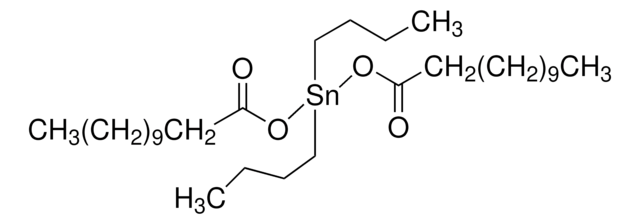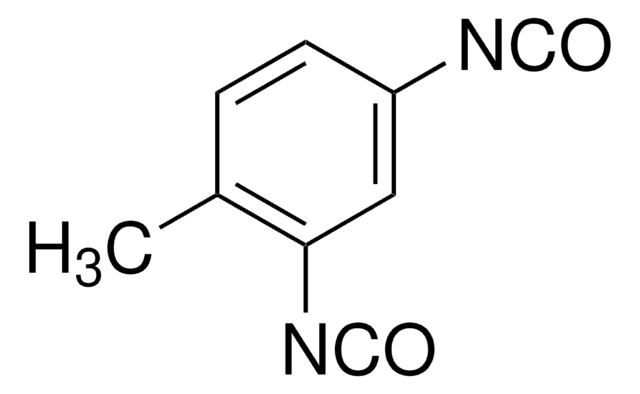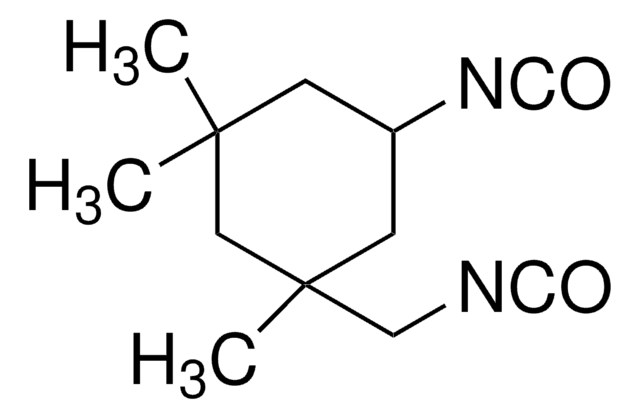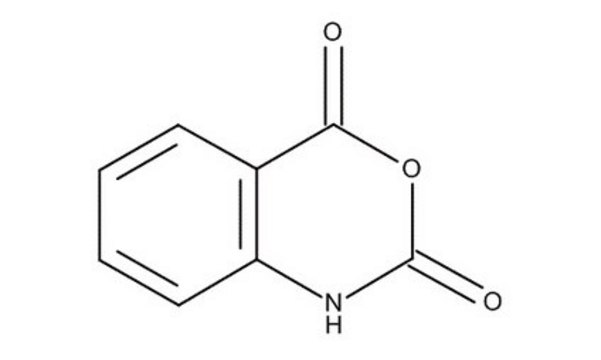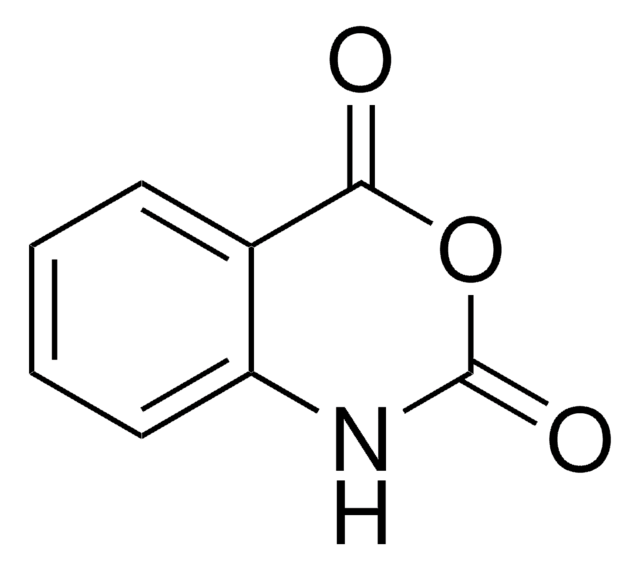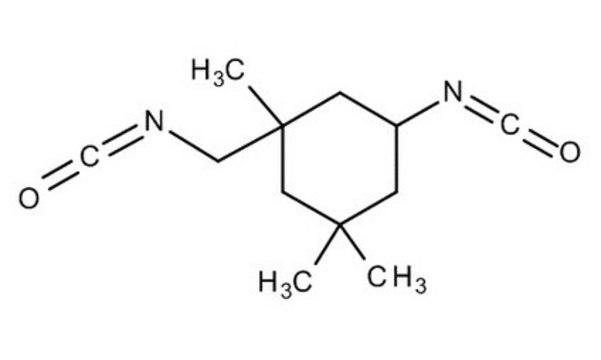8.20797
Diphenylmethane 4,4′-diisocyanate
(mixture of di-and triisocyanates) for synthesis
Synonym(s):
Diphenylmethane 4,4′-diisocyanate, Methylenediphenylene diisocyanate
About This Item
Recommended Products
vapor pressure
0.066 hPa ( 20 °C)
Quality Level
form
liquid
autoignition temp.
>600 °C
potency
>5000 mg/kg LD50, oral (Rat)
>9000 mg/kg LD50, skin (Rabbit)
expl. lim.
0.4 % (v/v)
bp
196 °C/7 hPa
mp
10 °C
transition temp
flash point 196 °C
solubility
2 g/L (decomposition)
density
1.239 g/cm3 at 20 °C
storage temp.
2-30°C
SMILES string
N(=C=O)c1ccc(cc1)Cc2ccc(cc2)N=C=O
InChI
1S/C15H10N2O2/c18-10-16-14-5-1-12(2-6-14)9-13-3-7-15(8-4-13)17-11-19/h1-8H,9H2
InChI key
UPMLOUAZCHDJJD-UHFFFAOYSA-N
Application
- Oil absorption enhancement with hydrophobic nanofibrils: Hydrophobic cellulose nanofibrils modified with Diphenylmethane 4,4′-diisocyanate and other diisocyanates demonstrated improved performance in absorbing circulating oil, offering significant potential for environmental cleanup applications (Chen et al., 2024).
- Evaluation of adhesion enhancers for foliar applications: Research on self-assembling eugenol-loaded particles, which might involve Diphenylmethane 4,4′-diisocyanate for carrier adhesion on leaves, indicated enhanced efficiency in foliar applications and underscored the importance of ecotoxicological safety (Zhang et al., 2023).
- Development of deformative polyurethane actuators: Diphenylmethane 4,4′-diisocyanate was used in the synthesis of self-healing polyurethane actuators that respond to light, heat, and humidity, highlighting its utility in creating smart materials for advanced engineering applications (Dong et al., 2023).
Analysis Note
Density (d 20 °C/ 4 °C): 1.237 - 1.242
isomer Diisocyantes (GC, area%): ≤ 10.0 % (a/a)
triisocyanate (GC, area%): 20.0 - 40.0 % (a/a)
Identity (IR): passes test
Signal Word
Danger
Hazard Statements
Precautionary Statements
Hazard Classifications
Acute Tox. 4 Inhalation - Carc. 2 - Eye Irrit. 2 - Resp. Sens. 1 - Skin Irrit. 2 - Skin Sens. 1 - STOT RE 2 Inhalation - STOT SE 3
Target Organs
Respiratory system
Storage Class Code
11 - Combustible Solids
WGK
WGK 1
Flash Point(F)
411.8 °F - closed cup
Flash Point(C)
211 °C - closed cup
Regulatory Information
Certificates of Analysis (COA)
Search for Certificates of Analysis (COA) by entering the products Lot/Batch Number. Lot and Batch Numbers can be found on a product’s label following the words ‘Lot’ or ‘Batch’.
Already Own This Product?
Find documentation for the products that you have recently purchased in the Document Library.
Our team of scientists has experience in all areas of research including Life Science, Material Science, Chemical Synthesis, Chromatography, Analytical and many others.
Contact Technical Service
